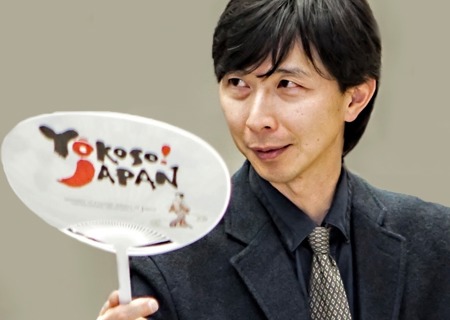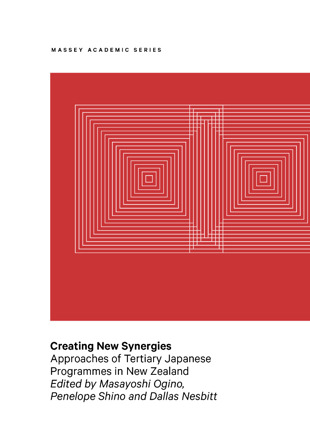Now that it’s published, what delights you most about Creating New Synergies?
Completion! This journey was very intensive from time to time, involving lots of people, so I felt very responsible to make it happen. There were a few occasions when I thought the completion of the project might be difficult, so I am delighted that it was successfully completed.
Why is it important?
(1) It is the very first book on New Zealand tertiary Japanese language education in its 50-year history.
(2) New Zealand has the 11th largest number of learners of Japanese in the world, with passionate teachers and enthusiastic learners, so it is worth sharing our teaching practices, approaches and research in the shape of a book.
(3) The book is a symbol of collaboration between New Zealand tertiary Japanese language educators, so this is very special.
How long did it take from first thinking about the book until you signed off on the final proofs?
Two years. This is a project by the Japanese Studies Aotearoa New Zealand (JSANZ).It required solid agreement between the executives, but it was well supported and it flowed quite nicely.
Tell us about one new thing that you discovered while editing it.
A book is not just a Word document, but must be fully reproduced, which involves a number of steps such as the typesetting, layout, proofreading and indexing.
Exhausting or exhilarating?
Delightfully exhilarating.I have learnt a lot about editing and publication as well as getting some deep insights into what other academics are working on. I am surprised that I am energised enough to feel like exploring possible themes for the next book.
How did you and your coeditors Penny Shino and Dallas Nesbitt work together when you are each living in different cities?
The physical distance did not matter for us but we sent incredible number of emails. Penny is the president of JSANZ and Dallas and I are co-vice presidents, so we have been working closely together for the past few years, and I have 120 per cent trust and confidence in them. We have different skills and strengths, which worked perfectly, without face-to-face communication.
Are you confident about the future of the teaching of the Japanese language in New Zealand?
A strong “ Yes”. The production of this book has made me reassured. Teachers of Japanese in New Zealand are very passionate and experienced, but there is still room for innovative collaboration between teachers, schools and tertiary institutions. We can still create a powerful synergy by working more closely, which can open up new possibilities for Japanese language education. (I have learnt the power of collaboration through organising a dance video project by learners of Japanese in a greater Christchurch, which involved more than 330 secondary and tertiary students from 15 schools.
https://www.facebook.com/JapaneseStudiesAotearoaNZ
What time of the day is best for you for writing and editing?
At night, but I needed to use any moment I had to get things done. I did not want to stop the flow of the editing, so I was on call for most of the time. It would have been ideal to secure time for my other work, but it needed to be like that to make it happen, especially since this is the first book I edited. It worked amazingly well because my co-editors and experienced MUP staff, Nicola, Kimberley and Kate responded to my late evening or Sunday emails.
What do you hope readers will learn from the book?
New Zealand is facing a serious decline in the number of learners of Japanese. The Japanese language education we envisage for the future, thus, needs strong and sustainable foundations to embrace ongoing social and educational change. I hope the book will inspire readers to explore and create their own agenda and approaches for the new phase of Japanese language education.
What are you reading at the moment?
From Master Teacher to Master Learner by Will Richardson. It is a short book and I have read it before, but I like the title which suggests the shifting role of teachers. It is inspiring and makes me think how the concept could be applied in teaching an additional language.
Thank you Masa!


